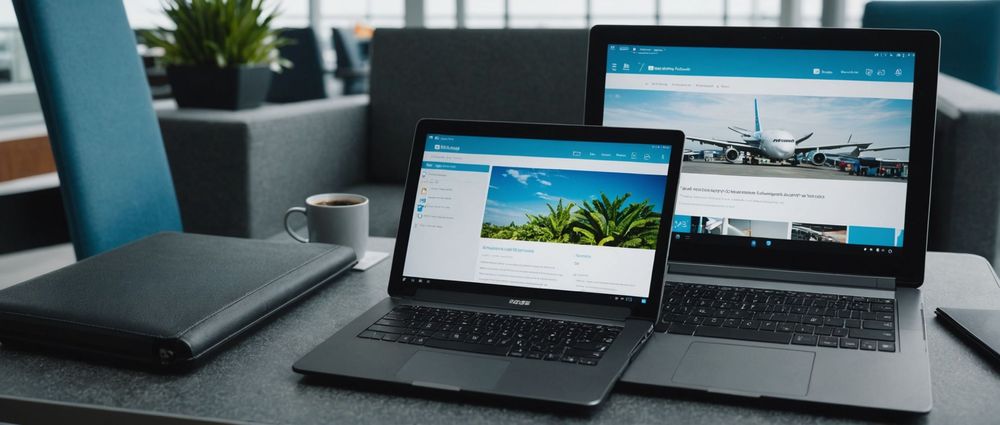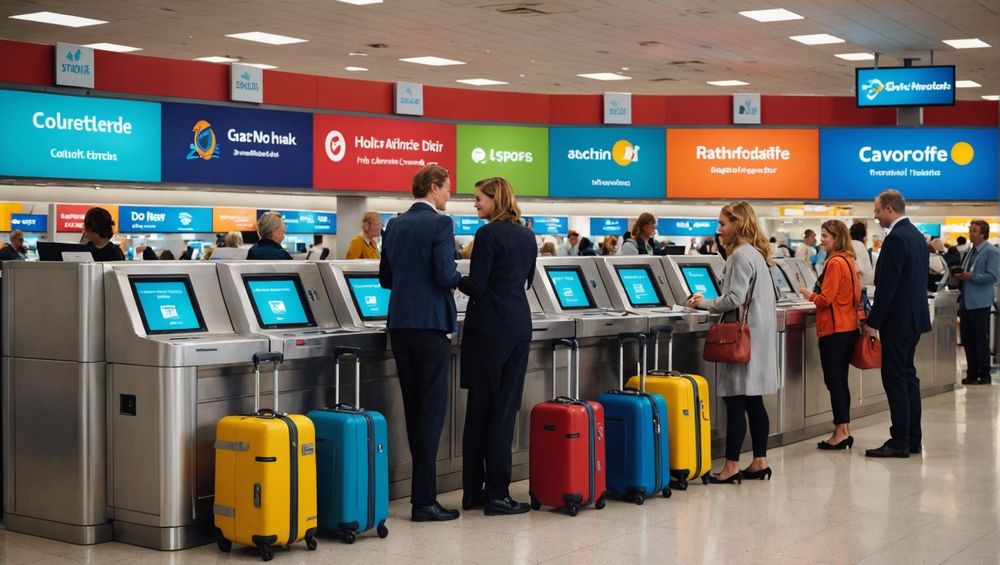When traveling, it’s important to know which electronics you can safely carry in your check-in luggage. Generally, many electronic devices are permitted, but different airlines and countries might have varying regulations. The main electronic items allowed typically include laptops, tablets, cameras, and some smaller devices, provided they meet specific size and weight requirements. This article will explore the guidelines for carrying electronics in check-in luggage, the risks involved, and the precautions you should take for a smooth travel experience.
Understanding Airline Policies

Each airline has its own specific policies regarding what can be carried in check-in luggage, especially regarding electronics. It’s crucial to check the airline’s website before you pack to avoid surprises at the airport. Airlines usually recommend that passengers take valuable electronics, like laptops and cameras, in their carry-on luggage to minimize the risk of damage or theft. Additionally, some airlines have restrictions on battery size for devices, particularly lithium batteries, which may pose a fire risk if damaged. Being familiar with these policies not only enhances safety but also ensures compliance and a hassle-free travel experience. Here’s a list of some common restrictions:
- Devices with lithium batteries over a certain watt-hour rating.
- Size limits for checked luggage to accommodate larger electronics.
- Additional fees for excess weight if your check-in luggage exceeds the airline’s limit.
Types of Electronics Allowed

While the specifics can vary, there are several types of electronics that are generally permitted in check-in luggage. Most airlines allow items such as:
- Laptops
- Tablets
- Smartphones
- Cameras
- Portable chargers and power banks (within watt limitations)
Each of these devices can typically be checked in, but it’s important to pack them carefully. Place them in protective cases to minimize the risk of damage during handling. When you check in any of these electronics, ensure that they are charged sufficiently, as airport security may request that they be powered on to verify they are not a security risk.
Precautions for Packing Electronics
Taking proper precautions when packing electronics in check-in luggage is essential to their safety and functionality. Firstly, invest in high-quality protective cases or padded bags for all your devices. This minimizes the chance of damage from impacts or drops during transport. Additionally, it’s wise to remove any accessories or peripherals that are not essential and pack them separately to avoid excess bulk. Label your devices with your information in case they get lost or misplaced. Finally, consider wrapping sensitive electronics in clothing to provide extra cushioning. This multi-layered approach significantly enhances the likelihood of your electronics arriving in one piece.
Risks Involved with Checking Electronics
While checking your electronics can be convenient, it comes with inherent risks. Firstly, checked luggage is often subject to rough handling, which can damage delicate items. Secondly, there’s the potential for theft or loss, as checked luggage is generally not under your supervision. Lastly, if your electronics are damaged upon arrival, you may not have a quick resolution, particularly if they’re not covered under your travel insurance. Given these risks, it’s often wise to consider taking irreplaceable or high-value items in your carry-on luggage instead, where you can monitor them directly. Keeping this in mind allows travelers to protect their investments while ensuring they have the electronics they need upon arrival.
Conclusion
Ultimately, knowing what electronics you can carry in your check-in luggage is crucial for any traveler. While most airlines permit devices like laptops, tablets, and cameras, it is essential to stay informed about the specific policies of the airline you are traveling with. Safeguarding your electronics through careful packing and understanding risks can protect your devices and enhance your overall travel experience. Always check updated regulations ahead of time, and consider your options for carrying valuable items in your carry-on luggage to ensure they arrive safely at your destination.
FAQs
1. Are laptops allowed in check-in luggage?
Yes, laptops are generally allowed in check-in luggage, but it is advised to carry them in your hand luggage to prevent potential damage and theft.
2. Can I carry power banks in my check-in luggage?
Power banks are usually allowed in check-in luggage, but they may have restrictions on watt-hours. It’s often better to carry them in your hand luggage.
3. What should I do if my electronic device is damaged in transit?
If your electronic device is damaged during transit, report it immediately to the airline and document the damage. Check your travel insurance for coverage options.
4. Are there restrictions on battery sizes for checked devices?
Yes, many airlines have specific regulations for lithium batteries, particularly those over 100 watt-hours, which may be restricted in checked baggage.
5. Is it safe to pack electronics in checked luggage?
While it’s allowed, packing electronics in checked luggage carries risks of damage and theft. It’s safer to keep valuable items in your carry-on whenever possible.
